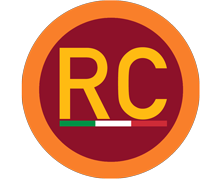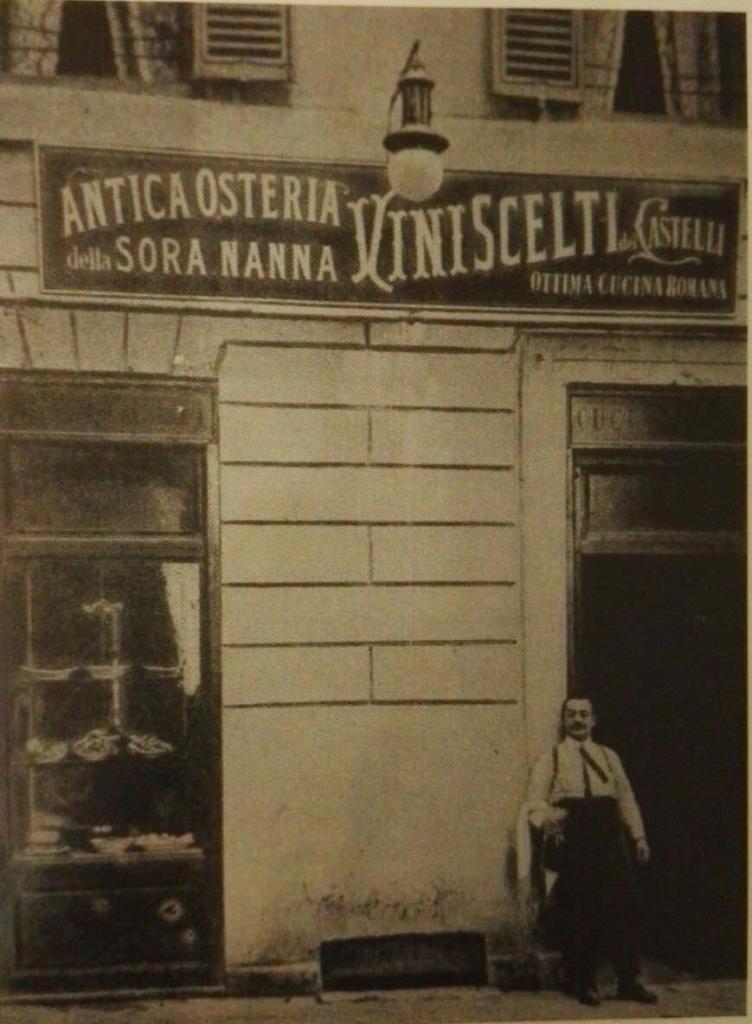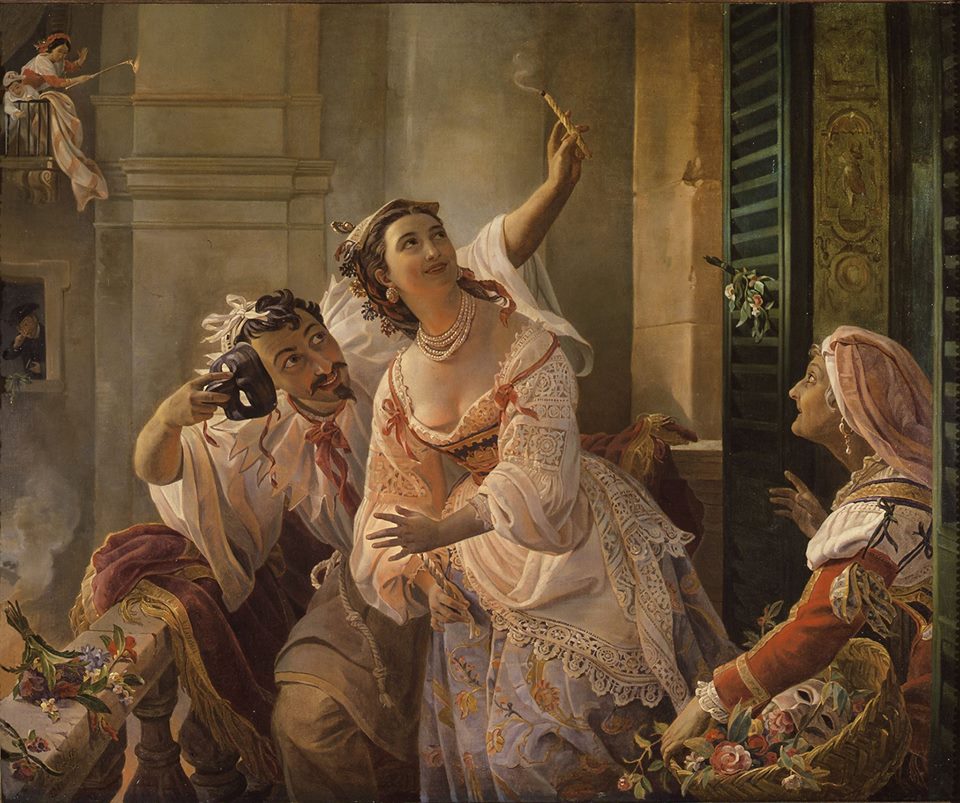 Today in the historic center of Rome, reopens the beautiful Galleria Paolo Antonacci Via Alibert, 16 – between Via Margutta and Via del Babuino- This gallery is part of the deep-rooted history of Rome, founded in 1916 by the grandfather of the gallerist and still finds ‘today around the corner of the Roman fashion.
Today in the historic center of Rome, reopens the beautiful Galleria Paolo Antonacci Via Alibert, 16 – between Via Margutta and Via del Babuino- This gallery is part of the deep-rooted history of Rome, founded in 1916 by the grandfather of the gallerist and still finds ‘today around the corner of the Roman fashion.
 The gallery, besides the beautiful collections of watercolors of the Posillipo School, opens with an installation by the artist Baldo Diodato. Intrigue the metal plates on the floor, a cast of Margutta street, emblematic historic street for art. E ‘as a step on the real Cobblestones, an outside / inside in a thrilling overlap of the road, the history of the past, the present, with an eye to the future that tells us …
The gallery, besides the beautiful collections of watercolors of the Posillipo School, opens with an installation by the artist Baldo Diodato. Intrigue the metal plates on the floor, a cast of Margutta street, emblematic historic street for art. E ‘as a step on the real Cobblestones, an outside / inside in a thrilling overlap of the road, the history of the past, the present, with an eye to the future that tells us …
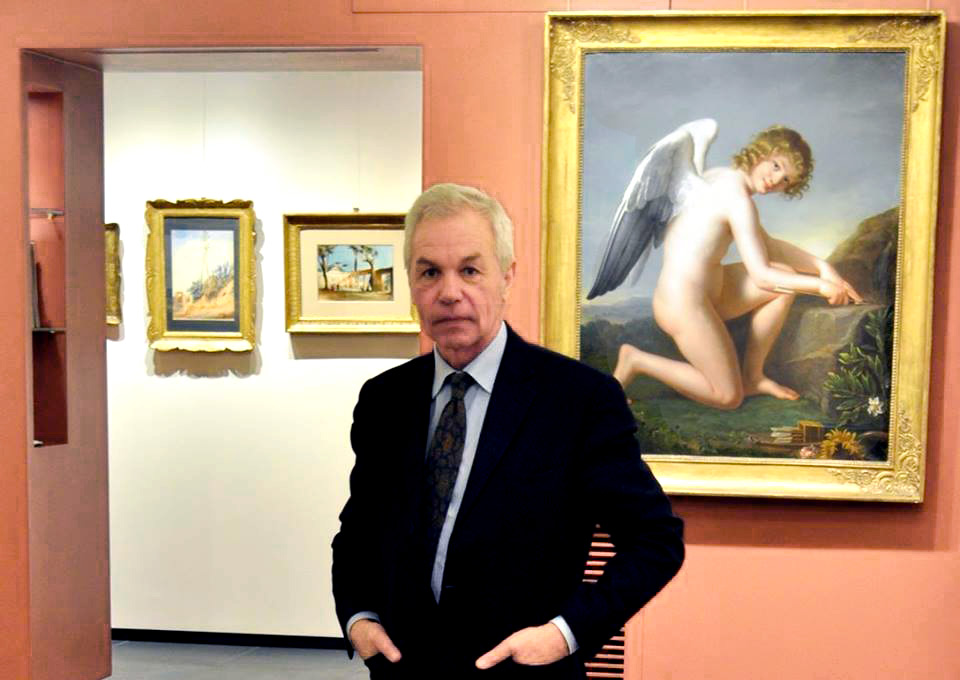 Short interview to Mr. Paolo Antonacci, the gallerist and owner.
Short interview to Mr. Paolo Antonacci, the gallerist and owner.
1) Let’s first talk about his personal history, how did all this love for art?
I breathed in the family. I trained with my father Giuseppe in the gallery founded by my grandfather Emanuele to the early ‘900. In my life, art has been and continues to be a constant presence.
2) Re-open the gallery in Rome, rich in history, it needs more art in our lives?
The art and, in general, culture in all its facets are valuable sources of enrichment for our lives. Living in contact with art refines the taste and makes it so much better that would answer yes to your question even if I did the art dealer.
3) How is the art today for the relationship to the past? Ancient or Modern?
Professionally I have always dealt with ancient art, a very wide operating range that over the years I limited to painting produced between the mid eighteenth century and the first decades of the twentieth century, paying particular attention to the phenomenon of landscape painting. From that period we treat also sculpture, especially marble, and we have taken an interesting path of research on nineteenth century photography. However, beyond the choices and personal tastes, art is art and are perfectly aware that what we now call ancient art modern art was a time, the more effective the more they proved unable to tell the world and the time historian of which was expression. Collecting ancient art is a refined pleasure, but to leave a trace of himself man has always entrusted to contemporary artists. So they made the big decision-makers of the past, and so it must continue to do. We, for example, we decided to entrust to a contemporary artist, Baldo Diodato, the duty to tell our arrival here in via Alibert, right in the heart of the art district of the capital. Diodato with his artwork carrying Margutta comes into the gallery, an installation consisting of eight one-meter copper plates arranged for a meter on the floor, starting from the entrance, in order to simulate a sort of burst inside the tunnel of celebrated street artist with all its load of history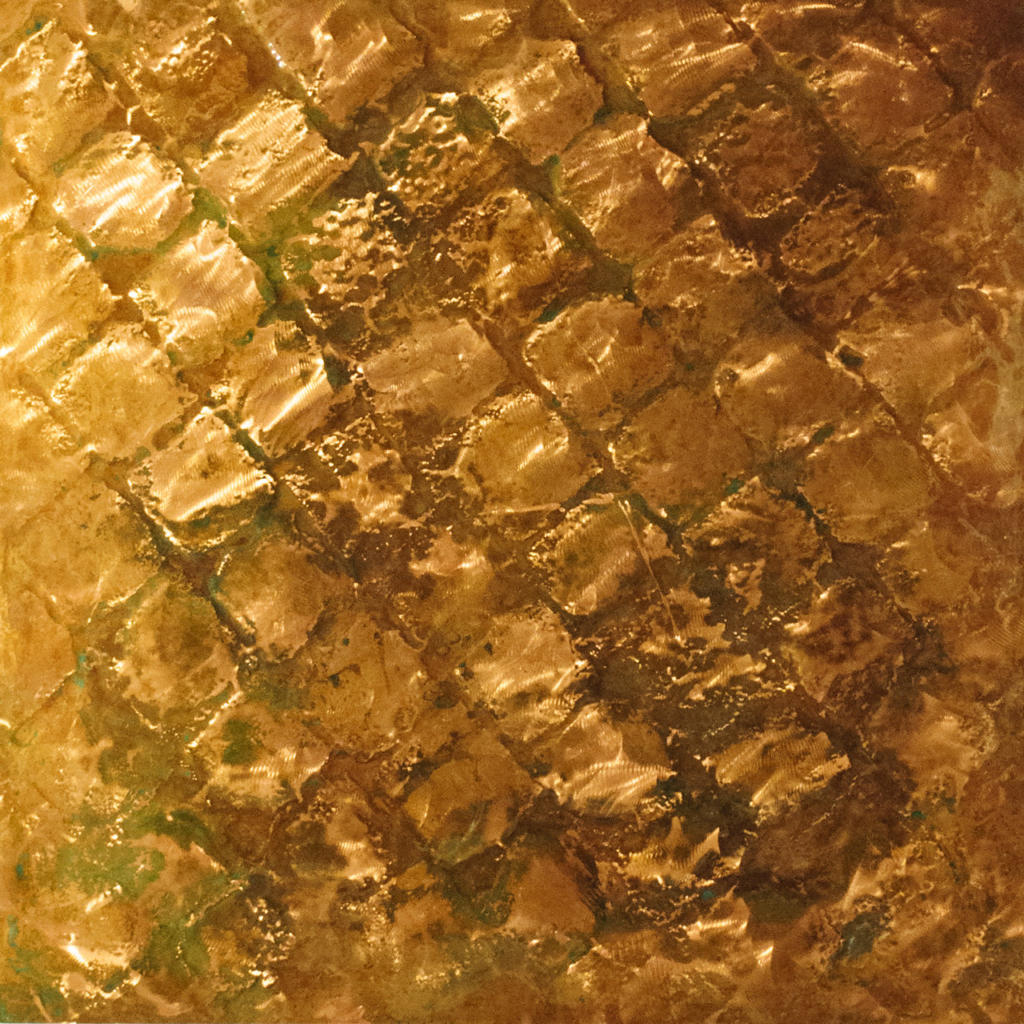
4) The work of Diodato much reflects today’s society, it is very timely, as the flu?
Diodato is an artist with very sensitive antennae, interested to investigate and reveal the essence of a social context rather than to influence it. Achille Bonito Oliva wrote that it is able to bring the past into the present and fold into the future. Since his return to Italy, its typical frottage canvas made produce from unsuspecting pedestrians in New York, the city where he lived from 1966 to 1991, became casts of history. The transition will inevitably induced by the change of environment. In New York, the aim of registering the incessant flow of humanity that is the hallmark of a metropolis had been achieved by coating in places walkway large sheets covered with colored pigments, so that people, stomping, left track their steps. In Rome, the textile support has been replaced by ductile and resistant sheet metal, copper or aluminum, adhered to the surfaces of the center and then battered, beaten, exposed to transit in order to produce films sensitive sculptural able to pick up the flooring of the secular ancient streets. I chose Baldo because, starting from the leading edge, producing a work on history.
5) How did the creative project of the artists and what you want to trasmit?
We work on continuity, to maintain a strong tie with those values of beauty and harmony that are characteristic of the Italian artistic tradition.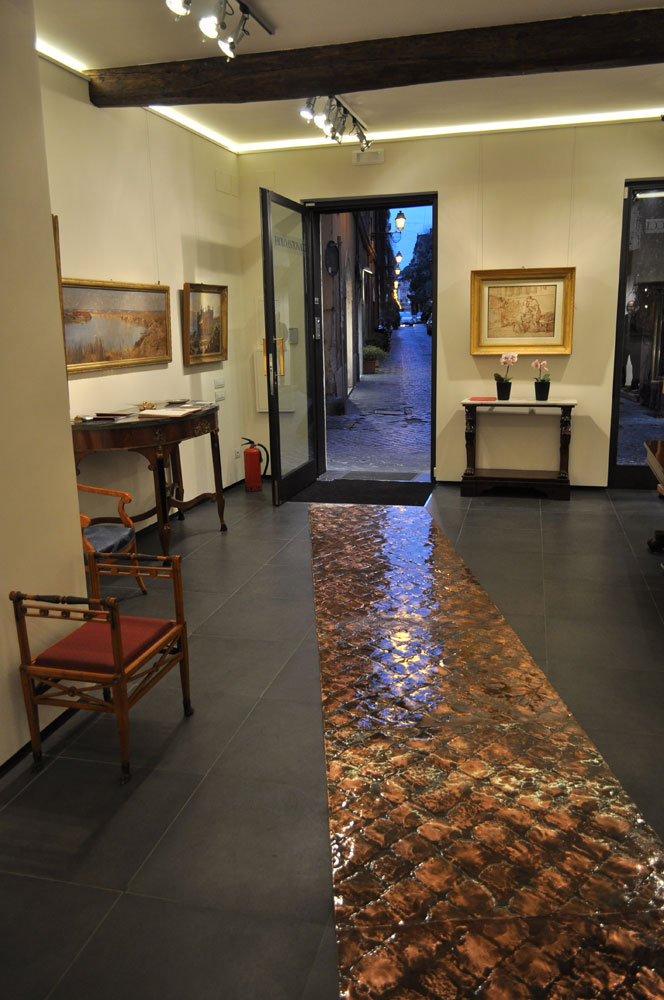
6) What determines the value of a work of art?
The factors that determine the value of an artwork are multiple and complex. The request of the ancient art collector tends to reward, even before the historical period and even the artist, quality and state of preservation. On the Old Masters market has happened to have made large numbers of high quality paintings but attributable to minor authors or even anonymous. The more you move towards the modern era and the author’s figure affects the price of the work .
7) In the gallery, how it affects the exhibition space and how it is?
Talk about simple flu is an understatement, as the gallery is the emanation of the personality and taste of its owner. It is the container designed to expose the works to which research spending is wide of the energy of the gallery and everything in that space must contribute to the enhancement of the pieces: the light, the placement on the walls to the many subtle details that combine to make the place beautiful, elegant and comfortable.
8) We talk about the splendid exhibition of the works and you host. What kind of impression you want to give to the public?
These days, in addition to the installation of Baldo Diodato, we exhibit an interesting collection of watercolors of the Posillipo School, rarely seen pieces and generally very high quality. Our client must be enabled to perceive that behind the works in the gallery there is a painstaking research, a severe selection performed with competence and professionalism.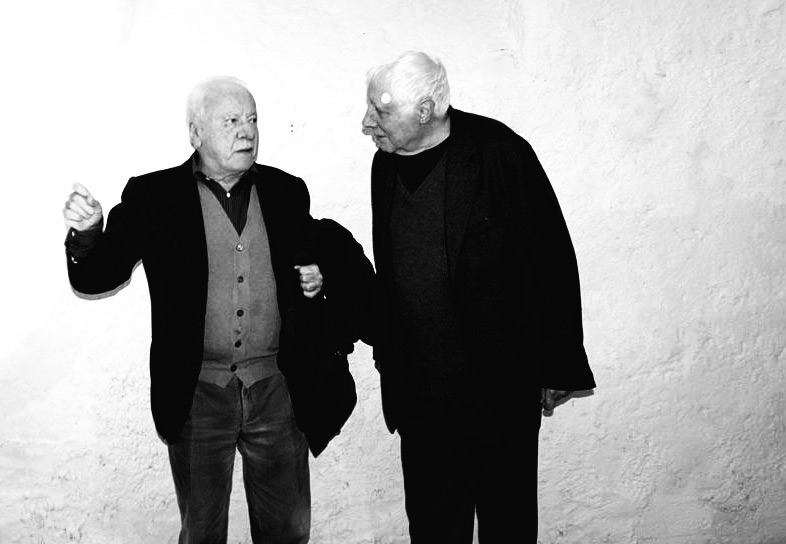
9) The beauty provokes emotions able to act on the mind, as Picasso said, “Art shakes from the soul the dust collected by the life of every day,” What do you think?
I think Picasso is absolutely right.
10) With the Contemporary Art, on the other hand, what happens now?
Well, beyond the refusal of the equation art equals beauty, which is typical of discussions on the identity of art in the modern era, I would say that the thought of Picasso retains its validity.
11) A tip for kids today, how to make them closer to the culture and galleries?
To bring children to art and culture is a mission for the family and the school. We professionals in the art market we try to do our part to the emergence of a young collectors. As part of the collection of watercolors of the Posillipo School exposed these days in the tunnel there are for example also very high quality sheets but the priced as well, ideal to start a collection.
12) The ancient art knowledge is essential to penetrate in modern art, beyond the ability to give an economic value to the work?
Contemporary art is the result of an age-old path, knowing of course that path opens extraordinary glimpses to his understanding.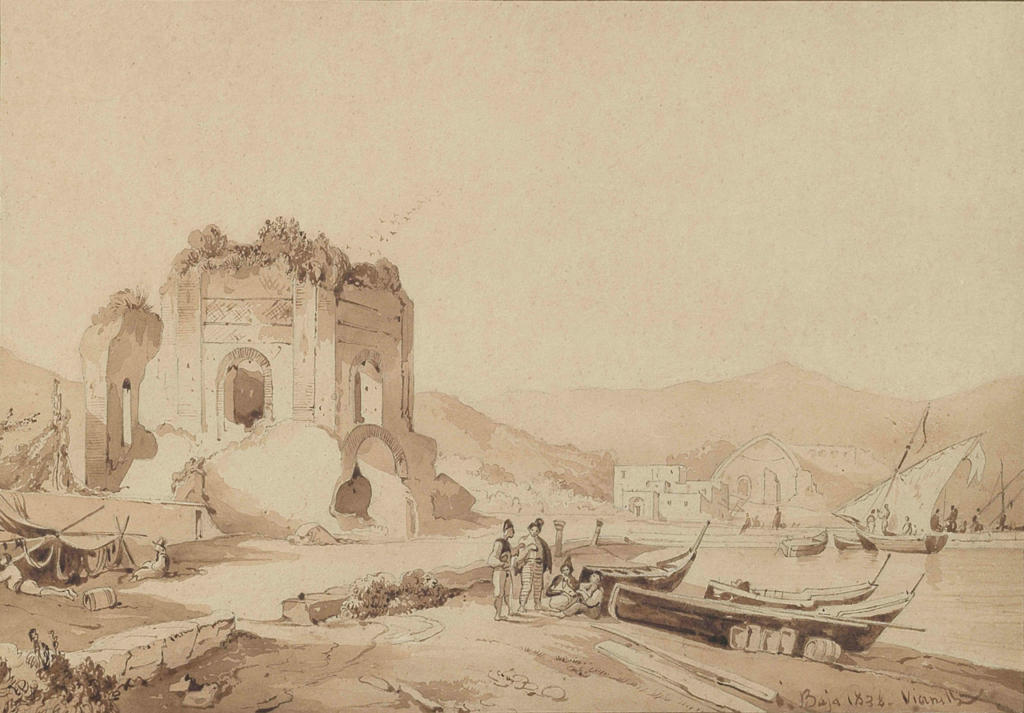
13) Future projects of the gallery?
For the moment we only prepare our participation in the TEFAF Maastricht, which will begin on March 10. It is one of the most challenging events of the season and we want to get prepared.
14) Everything passes and becomes dust in the end the only thing that remains is what is poetry?
Well, that art in itself contains the code to survive the inexorable passage of time there is no doubt, however, we must offer our help because the art transit through the troubled events of the story takes place in the most secure manner possible .
“Via del Babuino was the working scenario for forty years played with real passion: first at number 146, in the gallery founded in 1916 by my grandfather Emanuele, then at 141a, and the decision to leave was not taken lightly . “- explains Paolo Antonacci, one of the twenty Italian art dealers admitted to the TEFAF Maastricht, the most important event of the antique of the world -” Today, however, what once was the seat of the best art galleries in the capital has become the street fashion, I have taken note, and I turned the page. “
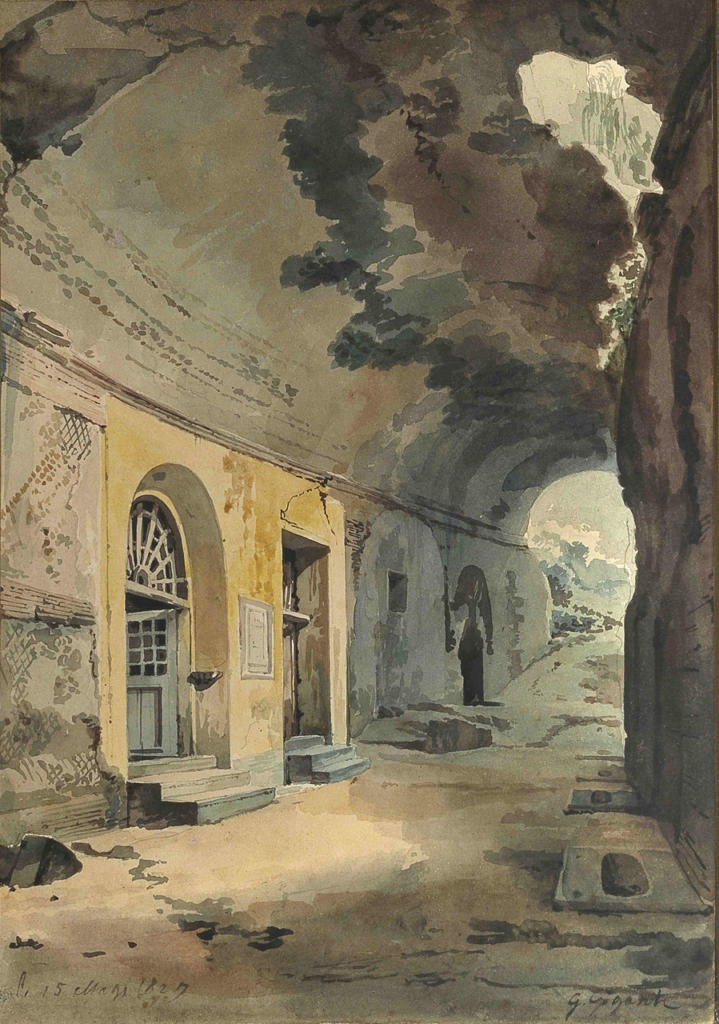 The point of convergence between Antonacci and Diodato is not lost on those who know the artist’s research, one of the leading edge is able to bring the past into the present and fold into the future said Achille Bonito Oliva. Since his return to Italy, its typical frottage canvas made produce from unsuspecting pedestrians in New York, the city where the artist lived from 1966 to 1991, became casts of history. The transition will inevitably induced by the change of environment. In New York, the aim of registering the incessant flow of humanity that is the hallmark of a metropolis had been achieved by coating in places walkway large sheets covered with colored pigments, so that people, stomping, left track their steps. In Rome, the textile support has been replaced by ductile and resistant sheet metal, copper or aluminum, adhered to the surfaces of the center and then battered, beaten, exposed to the transit of man and the vehicles he uses to produce sensitive sculptural films capable of picking up the secular trampling of the old streets.
The point of convergence between Antonacci and Diodato is not lost on those who know the artist’s research, one of the leading edge is able to bring the past into the present and fold into the future said Achille Bonito Oliva. Since his return to Italy, its typical frottage canvas made produce from unsuspecting pedestrians in New York, the city where the artist lived from 1966 to 1991, became casts of history. The transition will inevitably induced by the change of environment. In New York, the aim of registering the incessant flow of humanity that is the hallmark of a metropolis had been achieved by coating in places walkway large sheets covered with colored pigments, so that people, stomping, left track their steps. In Rome, the textile support has been replaced by ductile and resistant sheet metal, copper or aluminum, adhered to the surfaces of the center and then battered, beaten, exposed to the transit of man and the vehicles he uses to produce sensitive sculptural films capable of picking up the secular trampling of the old streets.
The work undertaken by Paul Antonacci is a street cast, via Margutta, to be precise. It consists of eight one meter by one meter copper plates to be arranged on the floor, starting from the entrance, in order to simulate a sort of burst inside the famous street of artists gallery with all its load of history.
Around avant-garde installation which seeks to gather in this flow of a powerful past it will be arranged a collection of watercolors signed by the most important representatives of the Posillipo School.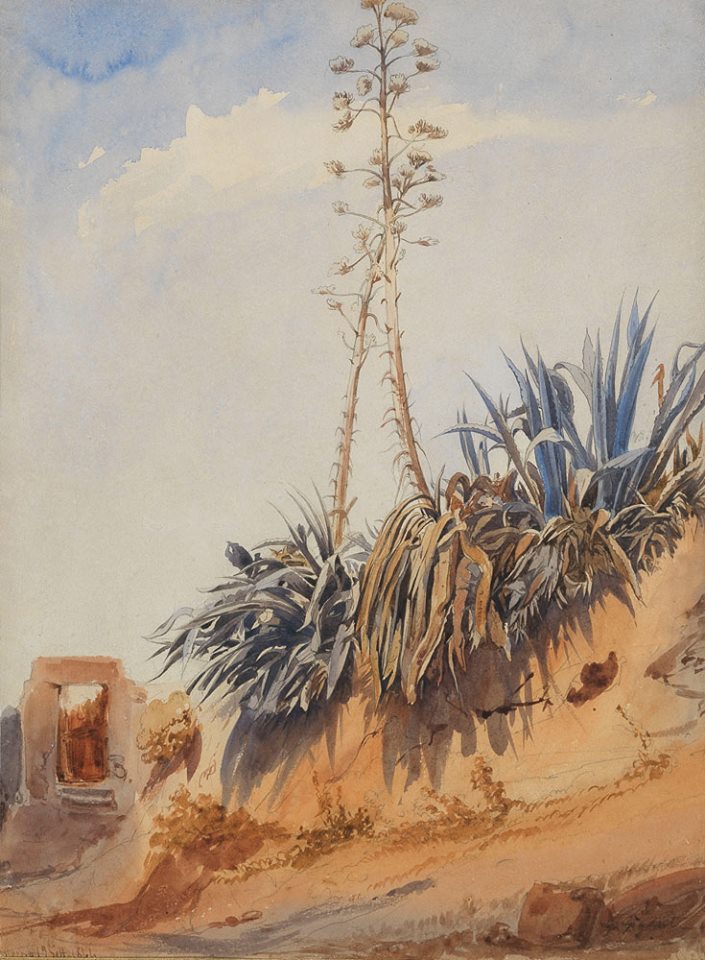
A collection of watercolors of the Posillipo School
The collection, consisting of a Roman collector, is focused on the landscape group, in Naples in the early nineteenth century, it gathered around the figure Dutchman Anton van Smink Pitloo welcoming romantic and lyrical mood of his painting captured, for the first time, in the open air. A much sought after painting by foreigners visiting Posillipo, the most tourist district of the city, which earned the name of the movement that initially the School of Posillipo date for ridicule by the academic painters.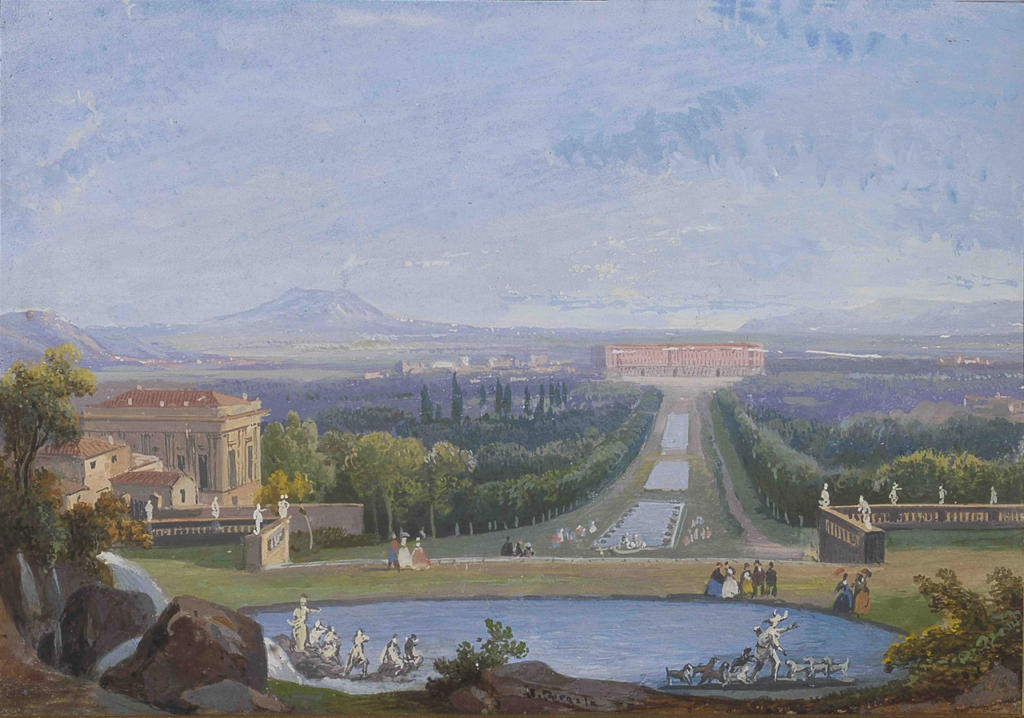
Among the works on display stand out the names of the main followers of Pitloo: Vianelli Achilles Fergola Salvatore, Vincenzo Migliaro and, above all, Giacinto Gigante, one of the leaders of the Neapolitan painting of the nineteenth centur
Via Alibert 16a – 00187 Rome
Exhibition of the work by Baldo Diodato:
9 febbraio –28 marzo 2017
lun-ven 10,00 – 14,00 / 15,00 – 19,00
sab 10,00 – 13,00
Info:
Tel:
+39 06 32651679
+39 345 0825223
[codepeople-post-map]
She is an independent curator, art advisor and international marketing management consultant. For more than 20 years, he has been a cultural designer of events related to contemporary art with particular attention to unusual spaces and interactions with other arts.
